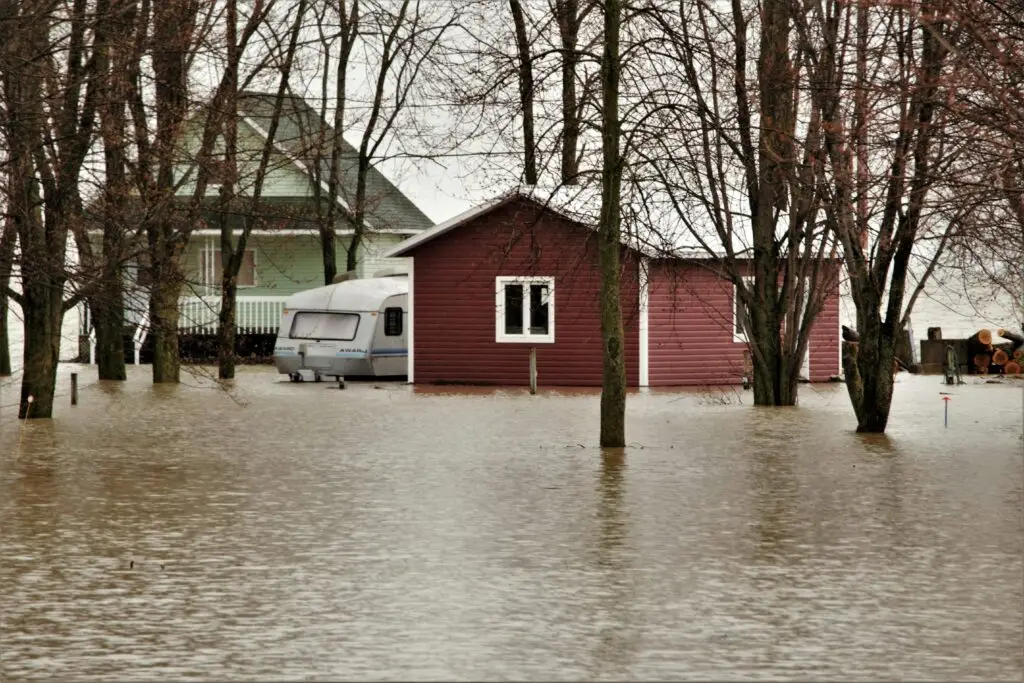Understanding Flood Damage and Its Impact
Flood damage can vary significantly depending on the severity of the storm and the duration of water exposure. Homeowners must recognize the different types of damage that can occur, including structural, electrical, and mold-related issues. Understanding these impacts is crucial for effective recovery.
For instance, prolonged exposure to water can weaken the foundation of a home, leading to costly repairs. Additionally, standing water can create a breeding ground for mold, which poses health risks to residents. Being aware of these potential damages helps homeowners take appropriate action swiftly.
Essential Steps for Flood Recovery
After experiencing a flood, it is vital to follow a structured recovery process to minimize damage and ensure safety. The first step is to assess the situation and determine whether it is safe to enter the property. If safe, homeowners should document the damage for insurance purposes before beginning any cleanup efforts.
Next, removing standing water and drying out the affected areas is crucial. This can involve using pumps, wet vacuums, and fans. Additionally, salvaging personal belongings should be prioritized, as many items can be restored if addressed promptly. Following these steps lays the foundation for effective recovery.
Choosing the Right Flood Cleanup Professionals
Selecting a reputable flood cleanup service is essential for a successful recovery. Homeowners should look for certified professionals with experience in handling flood damage. Checking for credentials, customer reviews, and insurance coverage can provide peace of mind when making this important decision.
For example, companies that are IICRC certified have undergone rigorous training to ensure they adhere to industry standards. Additionally, local businesses familiar with the area’s specific challenges can offer tailored solutions, making them a better choice for effective cleanup and restoration.
Preventing Future Flood Damage
Once recovery is underway, it is equally important to take measures to prevent future flooding. Homeowners can implement several strategies, such as improving drainage systems, installing sump pumps, and sealing basement walls to minimize the risk of water intrusion during heavy rains.
Moreover, regularly inspecting and maintaining gutters and downspouts can prevent water from pooling near the foundation. Investing in flood insurance is another proactive approach, providing financial protection against potential future damages and ensuring peace of mind for homeowners.

